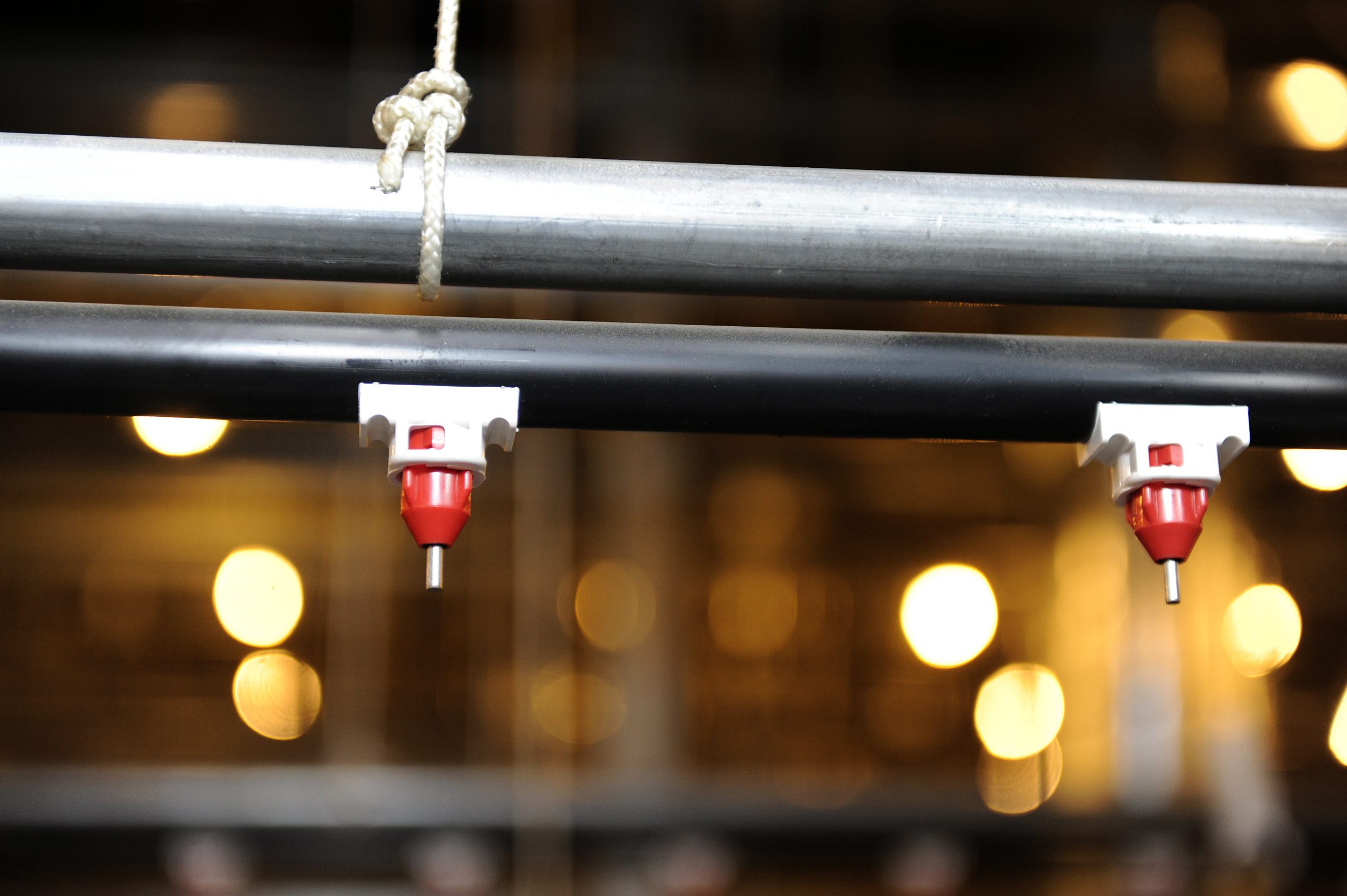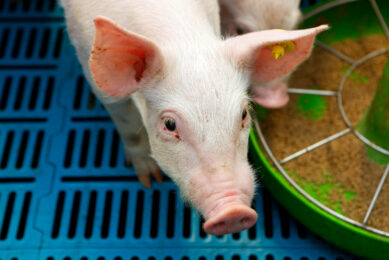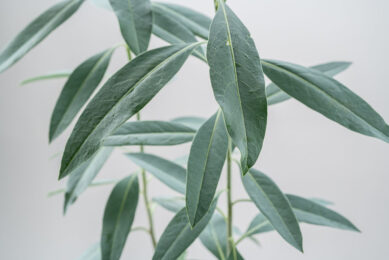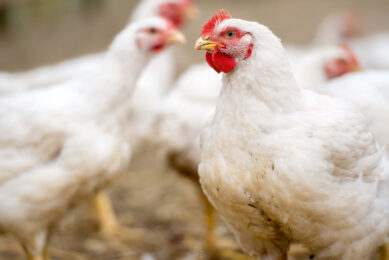Tips to prevent biofilm in poultry water systems

Farmers will already be flushing through their water systems at the end of every flock, but it’s the small details that can make a big difference to the effectiveness of this routine.
This is stated by Richard Turner at Applied Bacterial Control (ABC), part of St David’s Poultry Vets on PoultryWorld.net. “It sounds simple, but read the instructions on the cleaning product and follow them. Lots of people think leaving it in the lines for longer will produce a better result, but that isn’t always the case. It will break down the biofilm initially but if left too long it can resettle and become difficult to flush out.”
Use of organic acids
A biofilm is a community of bacteria, fungi and algae bound together in a slime which anchors them firmly to a surface and protects them from antibacterial agents, so they can proliferate. There are different ways to prevent a biofilm from developing. “One of the options is to include organic acids, which act as a feed source for beneficial gut microflora, according to Mr Turner. “You don’t want any bacteria in water increasing the chances of birds picking up a health challenge.”
Organic acids reduce the pH of water – when used in conjunction with another sanitiser like chlorine the optimum pH is 5.5. However, if using acids alone producers should take the pH down to between 3.8 and 4.2, to eliminate pathogenic bacteria from the water. “Birds do prefer acidic water and are quite tolerant to it, but if you get close to a pH of 3.5 it will damage the gut lining,” he warns.
Probiotics and essential oils
As well as treating the water, Mr Simpson adds probiotics and essential oils to feed to boost the birds’ gut health and immunity at around 3 weeks of age. “At this time the birds are undergoing a feed change, being vaccinated against Gumboro disease and also going through their optimum growth phase,” says his vet Suzie Ackerley from St David’s Poultry Team. “This combination means intestinal health can suffer; the essential oils help to support the birds by stabilising the intestine and reducing leakage of bacteria into the bloodstream.”
Read the full article on Poultry World.











